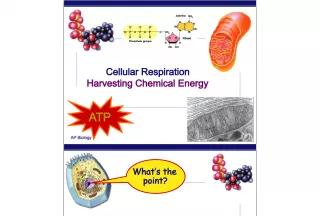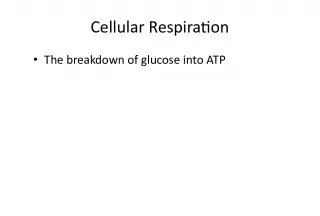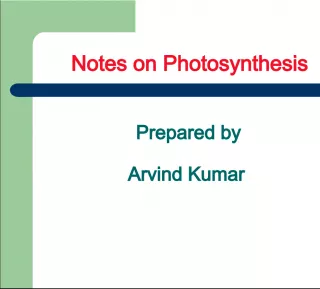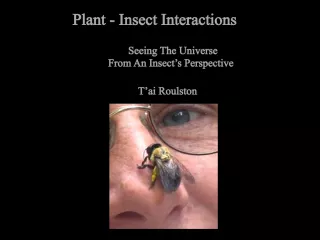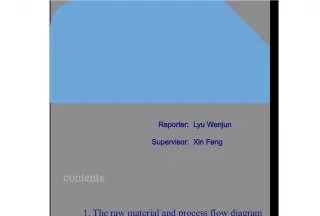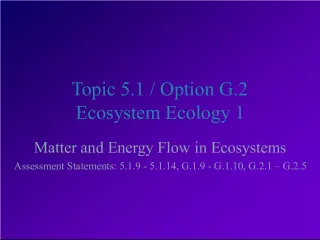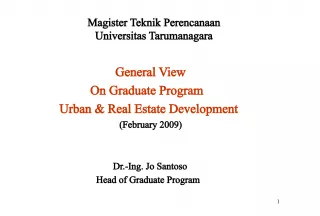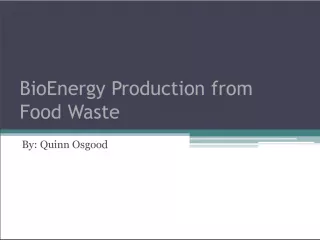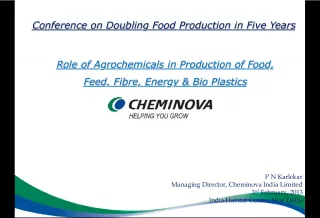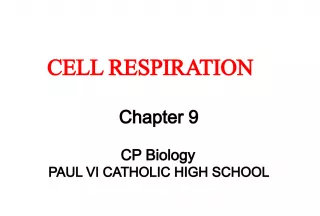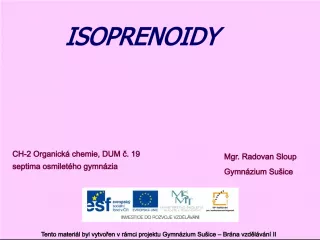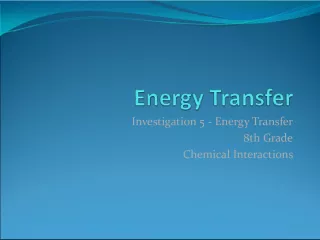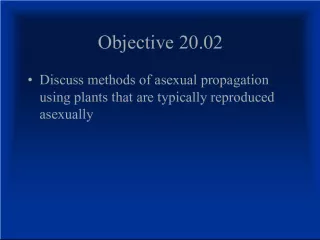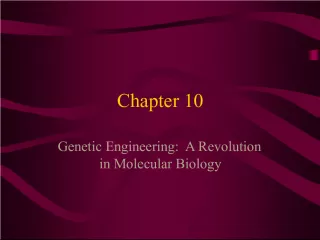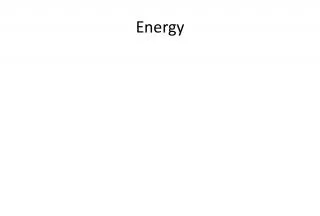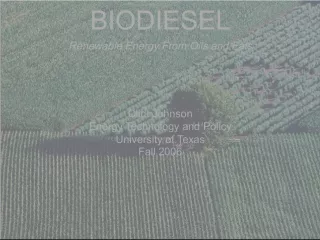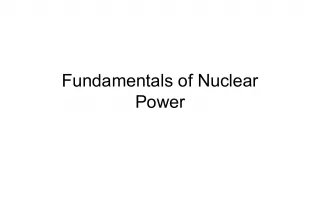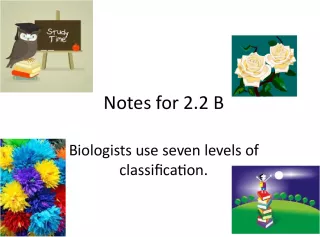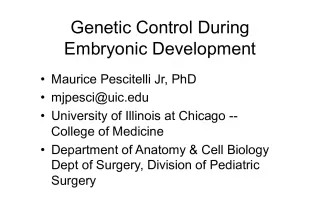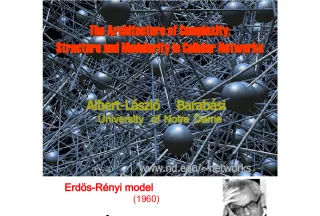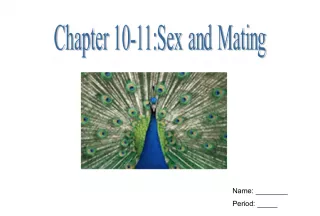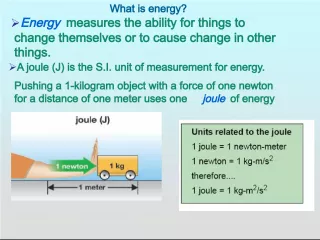Cellular Respiration: The Process of Energy Production in Plants and Animals
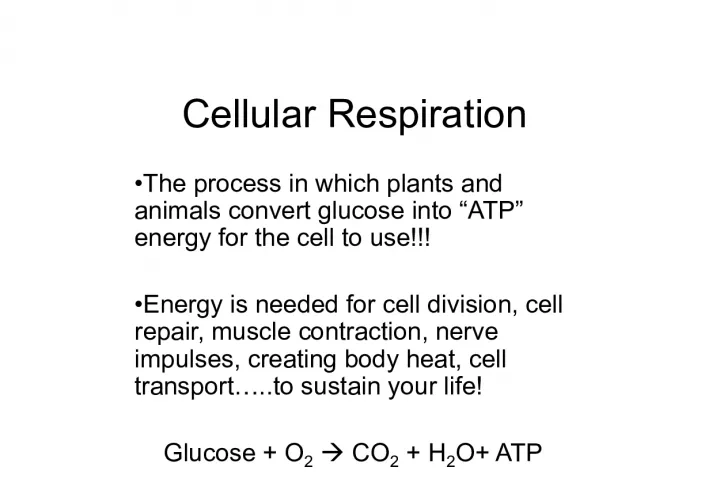

Cellular respiration is the essential process by which plants and animals convert glucose into ATP energy that the cell can use. This energy is vital for various cellular and physiological
- Uploaded on | 0 Views
-
 loreen
loreen
About Cellular Respiration: The Process of Energy Production in Plants and Animals
PowerPoint presentation about 'Cellular Respiration: The Process of Energy Production in Plants and Animals'. This presentation describes the topic on Cellular respiration is the essential process by which plants and animals convert glucose into ATP energy that the cell can use. This energy is vital for various cellular and physiological. The key topics included in this slideshow are . Download this presentation absolutely free.
Presentation Transcript
Slide1Cellular Respiration• The process in which plants and animals convert glucose into “ATP” energy for the cell to use!!! • Energy is needed for cell division, cell repair, muscle contraction, nerve impulses, creating body heat, cell transport…..to sustain your life! Glucose + O 2 CO 2 + H 2 O+ ATP
Slide2C.R. Occurs in Plants and Animals plants Glucose from eating Glucose from photosynthesis
Slide3•Aerobic: Takes place in the cytoplasm and mitochondria. • Anaerobic takes places in the cytoplasm.
Slide4Cellular Respiration• Process that replenishes the supply of ATP. • Bonds in glucose are broken and energy is released (ADP is converted into ATP). • Occurs 24 hours of the day and night!! • Note: ATP is made in photosynthesis during the light reaction. It is also made in aerobic and anaerobic respiration. • ATP is used for transport, mechanical, and chemical work in the cell.
Slide5Cellular Respiration’s Pathway…• CR begins with the process called glycolysis (breaking glucose). • One glucose molecule (6 carbon compound) is converted into 2 pyruvic acid molecules (two 3 carbon compounds and 4 ATP (2 net ATP). • Depending whether or not oxygen is present in the cell, the products of glycolysis can follow two different pathways.
Slide6Oxygen is not needed
Slide7Chemical PathwayGlucose Glycolysis Krebs Electron Cycle transport chain Fermentation alcoholic or lactic acid With oxygen ATP ATP Without oxygen ATP H 2 O O 2 CO 2
Slide8Aerobic Respiration (oxygen)• When oxygen is available, pyruvic acid enters the pathways of aerobic respiration to produce a great amount of ATP (energy for cells to use)! • Steps include the Krebs cycle and electron transport chain.
Slide9Energy Changes Form• Glucose – potential energy is stored in bonds from photosynthesis. • Energy is transferred to electron carriers, FADH 2 and NADH through glycolysis and Krebs cycle. • Electrons enter the electron transport chain and a concentration gradient of H + is formed in the mitochondria. • Potential energy from the H + gradient is used to make many ATP molecules in the electron transport chain.
Slide10Why all the steps?• Why can’t the cell use energy straight from glucose? • The energy needs to be released slowly through each step. • Otherwise energy released too fast, creates too much heat and enzymes could be denatured. • http://video.google.com/videoplay?docid=7 433492777550198070#
Slide11Anaerobic Respiration: Lactic AcidFermentation (no O 2 ) • In some bacteria cells, pyruvic acid from glycolysis is converted into lactic acid • This process plays a role in manufacturing yogurt and cheese. • It also occurs in muscle cells during strenuous activity when oxygen is used more rapidly than it can be delivered through the blood. (muscle fatigue) • No additional ATP is made in this pathway.
Slide12Anaerobic Respiration: AlcoholicFermentation (no O 2 ) • In yeast cells, pyruvic acid from glycolysis is converted into ethyl alcohol and CO 2 is released. • The beer and wine industry depends on alcoholic fermentation • Bread making also depends on alcoholic fermentation • No additional ATP is made in this pathway.
Slide13Aerobic vs. Anaerobic• Multicellular organisms require more energy to sustain life than unicellular organisms. • Therefore, aerobic respiration is necessary to sustain the life of multicellular organisms like animals and plants because the process creates more ATP! • Anaerobic respiration is sufficient to sustain the life of unicellular organisms like bacteria and yeast cells because it creates a small amount of ATP.
Slide14Interdependency!• Photosynthesis stores the energy of the sun in organic compounds while cellular respiration reverses the process by releasing the energy to be used in the form of ATP by the cell. • The reactants of one are the products of the other and vice versa.
